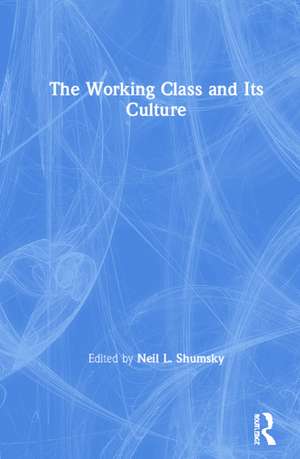The Working Class and Its Culture
Editat de Neil L. Shumskyen Limba Engleză Hardback – dec 1995
Preț: 986.91 lei
Preț vechi: 1366.55 lei
-28% Nou
Puncte Express: 1480
Preț estimativ în valută:
188.84€ • 197.18$ • 155.94£
188.84€ • 197.18$ • 155.94£
Comandă specială
Livrare economică 25 martie-08 aprilie
Doresc să fiu notificat când acest titlu va fi disponibil:
Se trimite...
Preluare comenzi: 021 569.72.76
Specificații
ISBN-13: 9780815321903
ISBN-10: 0815321902
Pagini: 412
Dimensiuni: 152 x 229 mm
Greutate: 0.45 kg
Ediția:1
Editura: Taylor & Francis
Colecția Routledge
Locul publicării:Oxford, United Kingdom
ISBN-10: 0815321902
Pagini: 412
Dimensiuni: 152 x 229 mm
Greutate: 0.45 kg
Ediția:1
Editura: Taylor & Francis
Colecția Routledge
Locul publicării:Oxford, United Kingdom
Cuprins
SOCIETY, CULTURE, AND ECONOMIC CHANGE, PROTEST AND DISSENT
Descriere
First Published in 1996. Volume 5 "THE WORKING CLASS AND ITS CULTURE’ of the American Cities; series. Volume 5 contains articles that are closely related but which concentrate specifically on the changing nature of work in American cities during the past two centuries.
